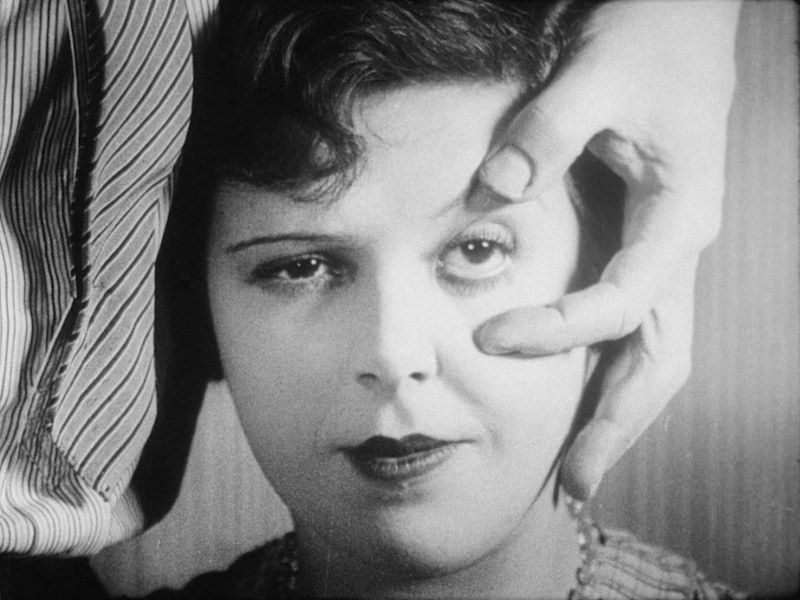Welcome to The Queue — your daily distraction of curated video content sourced from across the web. Today, we’re watching a video essay that looks at the first surrealist films.
To bastardize a quote from Mel Brooks: Tragedy is when I cut my finger. Comedy is when you fall in an open sewer and die … And Surrealism is when you fall down, and the concrete is made of ants, and there are some men nearby dragging pianos sandwiching dead cows.
Surrealism grew primarily out of Dada, an early 20th Century anti-war art movement that deliberately flew in the face of rationality and reason. While Dada’s purpose was a direct response to the horrors and folly of the First World War, Surrealism’s objective was less political. Surrealism was far more interested in the subconscious, with the nonsense of dreams and the absurdity that whirs away in the background of our fruitless attempts to make sense of the nonsensical.
Naturally, the fluttery Gestalt rhythms of cinema were fertile ground for the nascent movement. As the video essay below details in its whirlwind tour of early surrealist filmmaking, filmmakers were keen to defy cinematic expectations that had only just been established. From the abstract cubism of Rhythmus 21 (1921) to Man Ray’s ironically named Return to Reason (1923), here’s a brief introduction to how early surrealist filmmakers boldly experimented with the moving image to bring dreamy nonsense to the big screen.
Watch “The First Surrealist Films”:
Who made this?
This introduction to early surrealist filmmaking is by kubricklynch – Film History, a YouTube account that does precisely what it says on the tin: providing quick beginner’s guides to different cinematic movements. You can check out more of their work by subscribing to their account here.
More videos like this
- For more of kubricklynch – Film History’s work, check out this introduction to the wide and often intimidating world of Art House Cinema.
- And here’s a breakdown of Spaghetti Westerns, a genre that yee’s as hard as it haws.
- The Cinema Cartography has a marvelous breakdown that unpacks the early days of movie-making, from phonographs to the Cinématographe.
- The Cinema Cartography also has a marvelous video on the technologies that paved the way for cinema as we know it today. Here’s a look at all the inventions and art forms that paved the way for the moving image, from the camera obscura to zoetropes.
- Another film history video essay: a brief beginner’s guide to New German Cinema.

